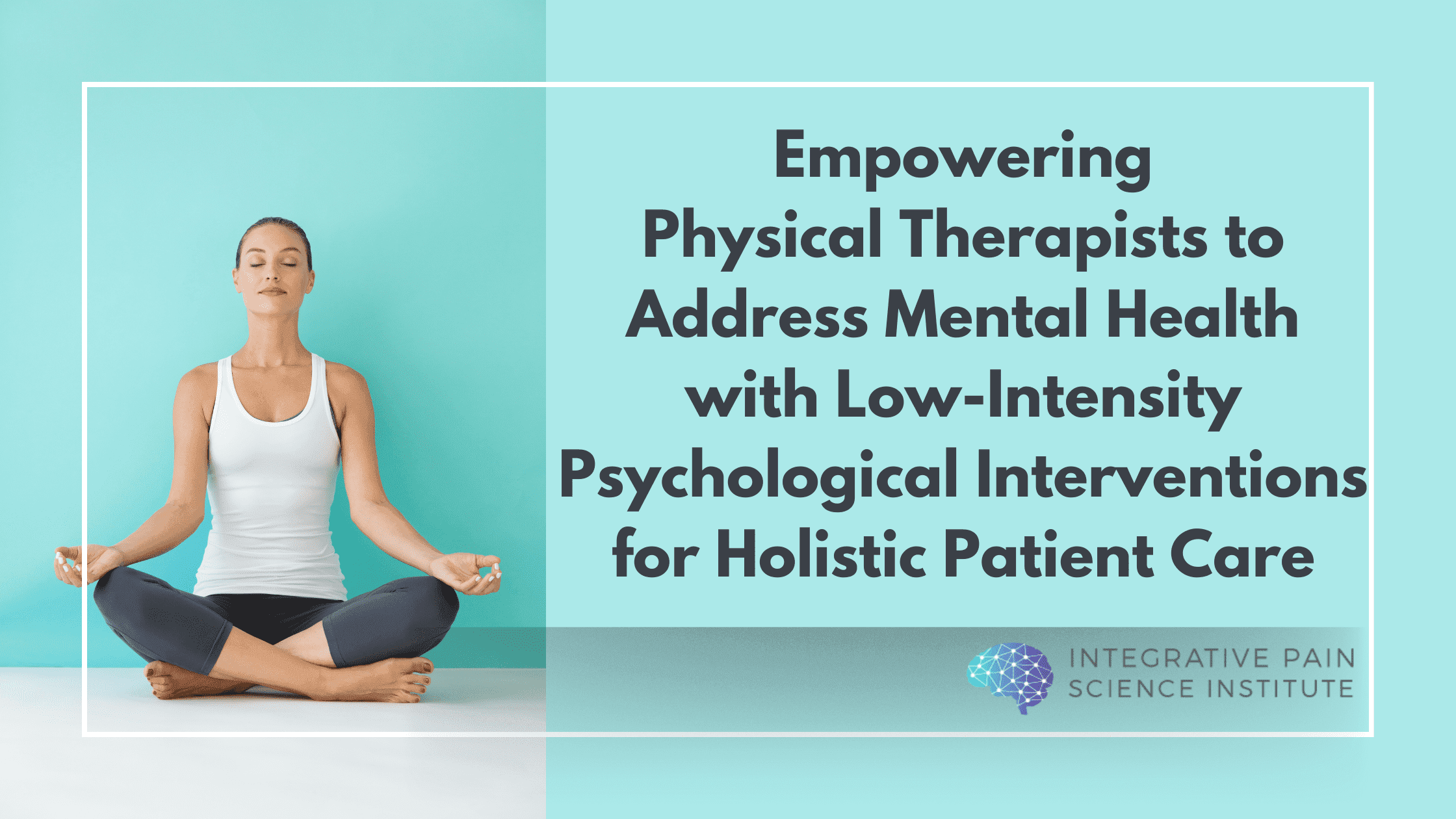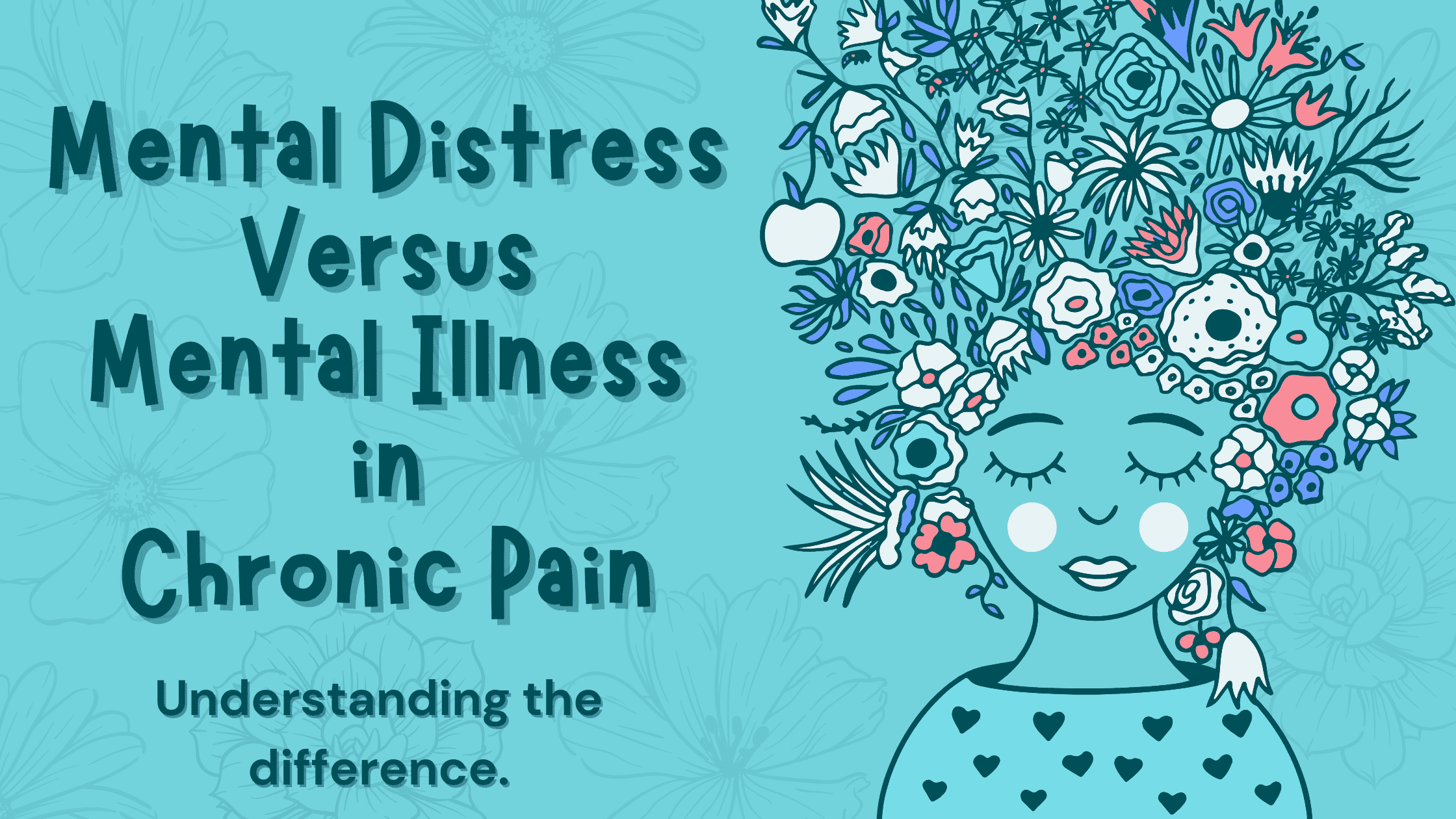Cardiovascular disease, which includes high blood pressure, is the number one killer of women and men in the United States. It is also a leading cause of disability, keeping you from leading an active life.
High blood pressure (hypertension) is a major risk factor for, stroke, heart attack, diabetes, and kidney failure.
The good news is that 80% of those with high blood pressure are only moderately high. This means blood pressure can be easily controlled by making simple lifestyle changes, rather than resorting to blood pressure medications with unpleasant side effects.
First, here’s a quick review of blood pressure ranges:
- Normal: Less than 120/80
- Prehypertension: 120-139/80-89
- Stage 1 high blood pressure: 140-159/90-99
- Stage 2 high blood pressure: 160 and above/100 and above
What are some of the predisposing factors for high blood pressure?
- smoking
- stress
- obesity/over-weight
- excess intake of sodium
- excess intake of alcohol
- inflammation
- insulin resistance
- family history
The most troubling aspect of the early stages of high blood pressure is that there may be no signs or symptoms at all. As it progresses, warning signs for very high blood pressure can include:
- Chest pains
- Headaches
- Ear ringing
- Irregular heartbeat
- Nosebleeds
- Vision changes
Fortunately, most cases of hypertension can be improved with changes to diet, weight, activity levels, stress, and alcohol consumption.
How to Lower Your Blood Pressure Naturally
Lower Your Sodium Intake
Excess salt consumption raises blood pressure, and the standard American diet is loaded with processed foods that are sky-high in sodium chloride as a preservative and flavor enhancer. These guidelines will help keep it in check:
- Limit your sodium intake to no more than 1500-2000 mg daily
- Choose whole foods over processed foods
- Enjoy potassium-rich foods like melons, avocados, bananas and coconut water because potassium counteracts the effect of sodium and helps lower blood pressure
- Use Celtic sea salt, which contains a healthy balance of trace minerals
Follow a Pressure Lowering Diet
A diet rich in fresh fruits and vegetables and omega-3 fatty acids from wild-caught fish and grass-fed beef will reduce the inflammation in your arteries, which will then lower your blood pressure. Also, take a high-quality fish oil supplement at a daily dose of 1,000 mg of EPA and DHA combined. Adequate fiber intake of fiber can also help with reducing blood pressure. Aim for 30 to 50 grams of fiber in your diet every day. This can be found in vegetables, fruits, beans, nuts, seeds and gluten-free grains.
Limit Alcohol
Alcohol can raise blood pressure.
- The American Heart Association recommends limiting alcohol to one or two drinks per day, preferably one if you are a woman.
- Enjoy your drinks with food, not in between meals.
- Stick with alcohol only with your evening meal.
- If your BP is quite high, eliminate alcohol completely for 30 days and see if it changes your BP. Yes…30 DAYS!
Exercise Regularly
Regular physical activity can help decrease your blood pressure by five to seven points, and the decrease can occur in as little as three to four weeks. Physical activity also lowers your risk of heart attack and stroke by helping you lose weight and improve cholesterol and glucose levels.
Mild to moderate cases of elevated BP can benefit from including exercise as part of a lifestyle program. Being active is also extremely important for people with pre-hypertension (systolic pressures of 120-139 and diastolic pressures of 80-89) and for anyone with normal blood pressure who has a family history of hypertension.
Keep in mind that:
- The key to maximizing the benefits of exercise is to follow a well-designed program that you enjoy and can commit to long-term
- One of the best forms of exercise to lower your BP is High-Intensity Interval Training
- Yoga has also been proven to lower BP
- A trained doctor of physical therapy is the best resource for getting a personalized program to suit your fitness level, especially when you’re just starting
Additional Supplements
- Before bed, take 500-600 mg of magnesium to reduce BP and help you sleep
- CoQ10 is a powerful antioxidant that is highly recommended at a dosage of around 100 mg per day, especially if you’re on cholesterol-lowering drugs or BP medication.
Tips to Cultivate Calm
Reducing stress is an important aspect of lowering blood pressure by helping you shift from a sympathetic state (fight or flight) to a parasympathetic state (rest and digest). Here are some effective ways to reduce stress in your life:
- increase the quantity and quality of your sleep
- schedule in more free-time and fun
- pursue your purpose or passion
- exercise
- surround yourself with positive friends and loved ones
- meditate
- write in a journal
Know and Monitor Your Numbers Daily
You can easily check your BP at home using an automatic, cuff-style bicep monitor. People who monitor their daily pressure are more likely to take action and make the changes necessary. It is possible to reverse mild to moderate BP with simple lifestyle changes.
Visit www.joetatta.com to download your Free healing foods checklist and shopping guide to help you get started.
References
http://www.ncbi.nlm.nih.gov/pubmedhealth/PMHT0024199/
http://www.ncbi.nlm.nih.gov/pubmed/26286137
http://www.heart.org/HEARTORG/Conditions/HighBloodPressure/AboutHighBloodPressure/Myths-About-High-Blood-Pressure_UCM_430836_Article.jsp
http://www.mayoclinic.org/diseases-conditions/diabetes/basics/risk-factors/con-20033091
Want to contribute to the Integrative Pain Science movement? Contact us here.



